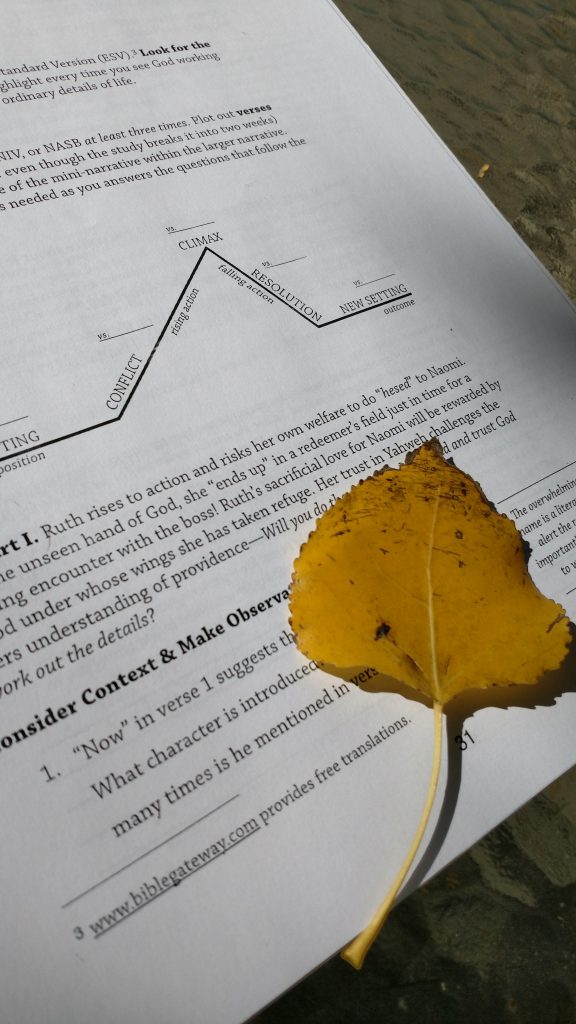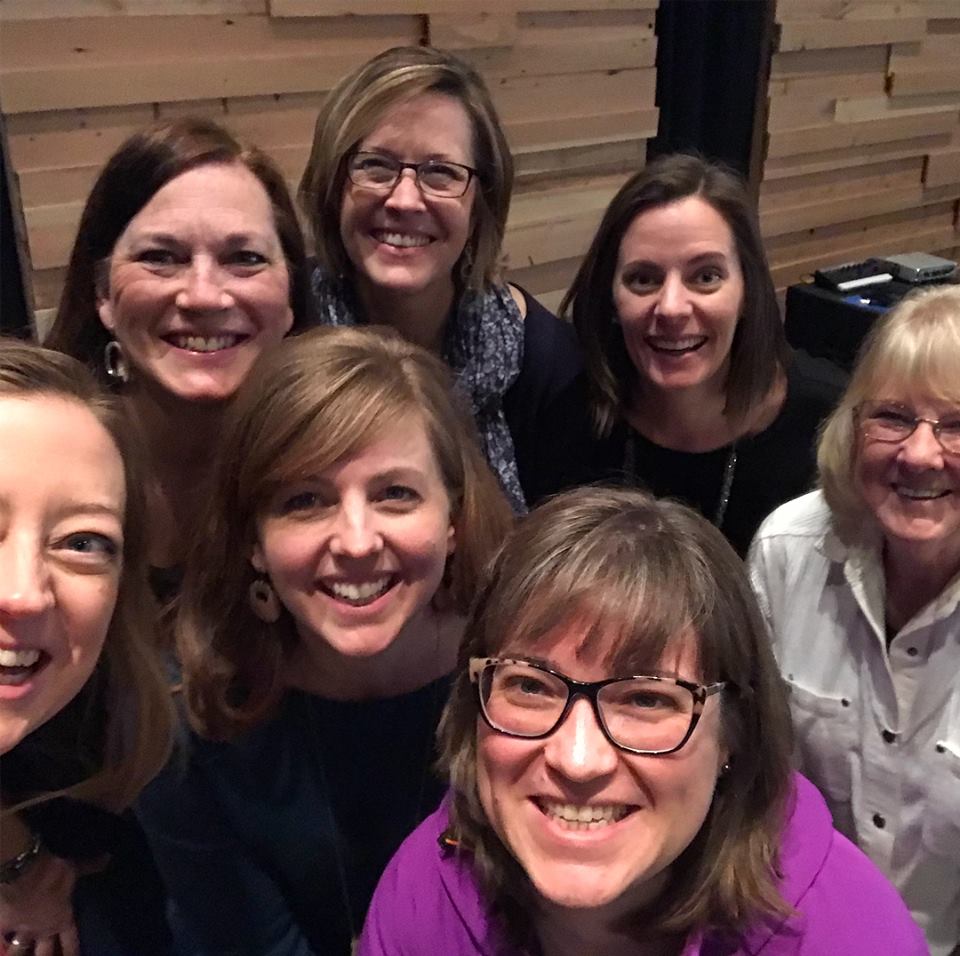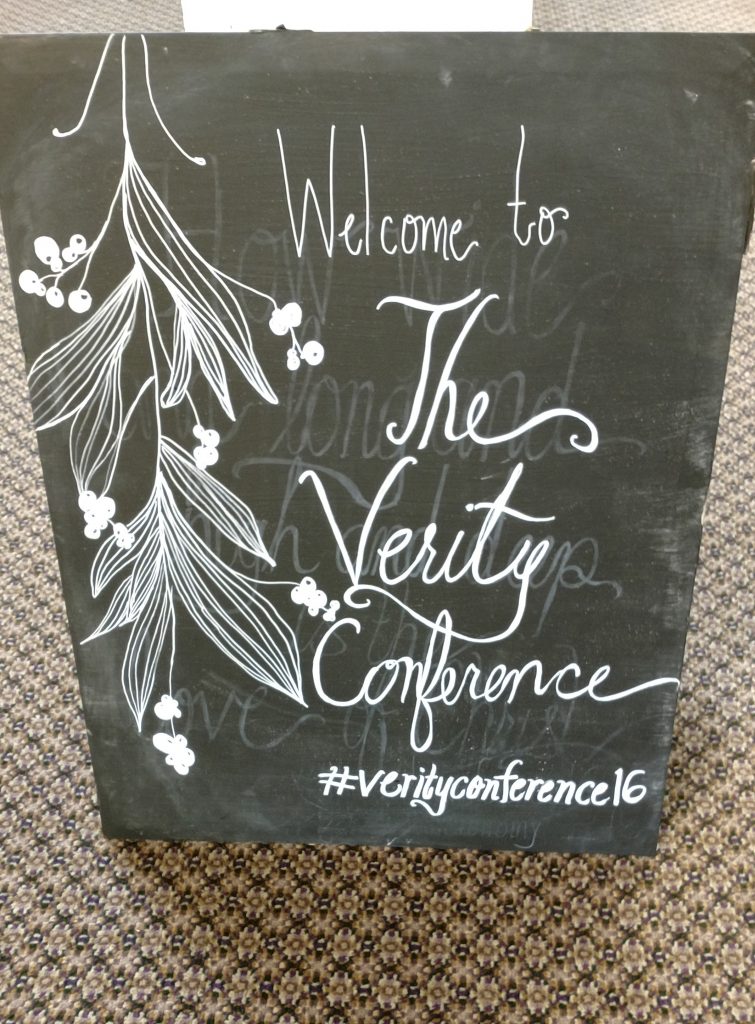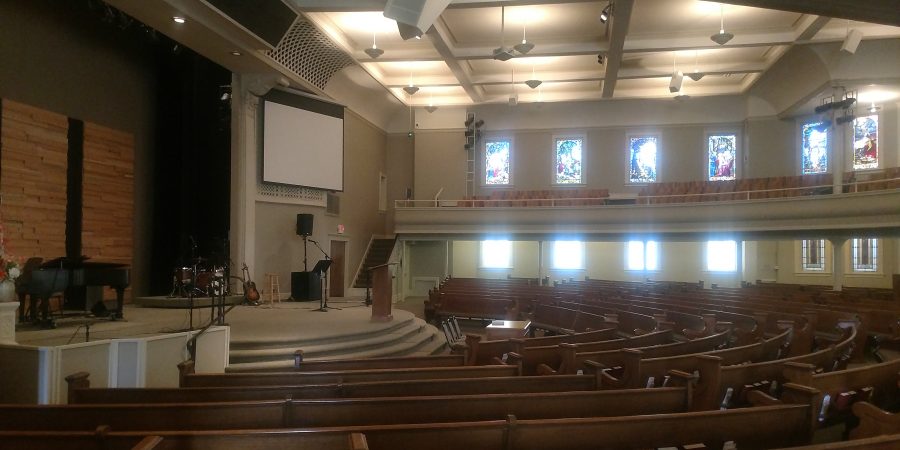Ever since I came across the ministry of Nancy Guthrie–about five years ago–I’ve had a desire to learn to teach the Bible to women. My main experience with women’s Bible studies and speaking events had been sitting under topical and devotional teaching. When I heard expositional teaching for women, I realized it was something I was thirsty for!
Soon after arriving at Hinson Church, I joined the Women’s Bible study which meets every Thursday morning. I was delighted to find that we would be working through a book of the Bible and then sitting under weekly expositional teaching done by a team of women teachers from our congregation. We studied Ruth, then Hosea, then Mark, and now we’re in Exodus.
Thankfully there’s a pathway for people like me (who aren’t ready to jump back into formal schooling) to learn how to study scripture and then to prepare and give teachings in my local church setting. Hinson hosts a workshop each year that’s put on by the Charles Simeon Trust to teach men and women expositional study of scripture.

Through the course, I realized that I knew the term exposition, but it can mean different things to different people. I thought it meant walking through a text, verse by verse and explaining each line. Simeon Trust defines exposition as, “making the main point of the text, the main point of your talk.” I learned to look for the author’s structure in order to discover the main idea of the passage. The shape (or emphasis) of the text should be reflected in the shape of my teaching.
It was eye-opening to learn how to dig into the historical context to first find what the text meant to it’s original audience. I was tempted to contextualize and immediately think, “How does this passage apply to me and my listeners?” Once we found the original intent, the Simeon Trust course taught us to connect the text to the big storyline of scripture looking for how the gospel (Christ’s life, death, resurrection, and ascension) connects to or informs the interpretation of the text. Finally, we arrived at application for us today. It was fascinating and stretching!
But, after completing the course, I still wasn’t sure how to take my study and craft a message. Just speaking from my worksheet would have resulted in a boring and tedious research paper presentation. The next step was to attend the Verity Fellowship’s Training Weekend for women. (Verity has since become the Gospel Coalition’s Women’s Training Network.) It was during this weekend that I presented my first practice teaching and learned how to craft a presentable message.

I’m so blessed with a teaching team at Hinson that seeks to grow other women in teaching the Bible. From the first time I mentioned my desire to teach until now having taught twice at our Thursday Women’s Bible study, the team has been encouraging me, praying for me, mentoring me, and pushing me to grow. I was able to teach for the first time ever last semester on Exodus 5-6. My mentor reviewed my work and helped fine tune my study and teaching. After each teaching time (for me and for all of the teachers), the team gives positive and constructive feedback on the delivery and content. My first teaching’s audio wasn’t able to be recovered, but I recently spoke on the Book of the Covenant from Exodus 20-24, and thought I’d share the audio recording for anyone interested.
If the above link doesn’t work, you can also click here to listen.
Of course, I have LOTS of room to grow and develop as a Bible teacher, but I’m excited to have a chance to learn. Another helpful resource I’ve found is Nancy Guthrie’s podcast, Help Me Teach the Bible, where she interviews Bible teachers and pastors about how to become better teachers of the Word.
Not only has teaching helped me in presenting the Word to others, but it’s also made me a better student of the Word in private study and a more discerning listener as I sit under the preaching of my pastors.

I’m so excited you’re getting this opportunity! Looking forward to listening to your teaching during naptime tomorrow!